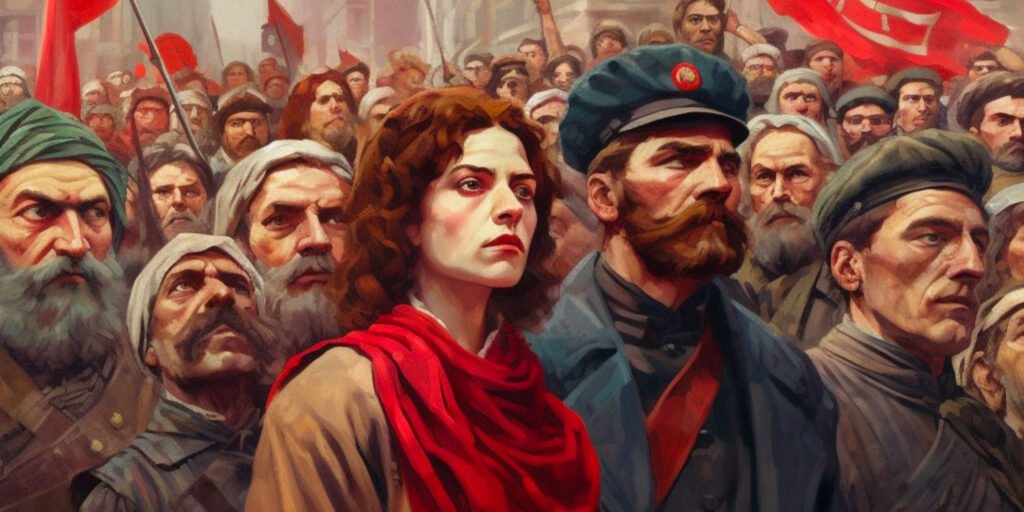The Russian Revolution is a seminal event that reshaped not only Russia but also had a profound impact on the entire world. Spanning from 1917 to 1923, this tumultuous period marked the end of centuries of imperial rule and the emergence of a new political ideology: communism. As we delve into this complex historical phenomenon, we will explore the events that led to the revolution, its key components, and its lasting implications.
The Prelude to Revolution
By the early 20th century, the Russian Empire was in a state of profound crisis. The vast nation, plagued by economic hardships, social inequality, and political oppression, was struggling to maintain its empire amidst the pressures of modernization and the devastating toll of World War I. The war further exacerbated existing grievances, with colossal military losses leading to widespread disillusionment among soldiers and civilians alike.
The harsh realities of the war—food shortages, rampant inflation, and the loss of millions of servicemen—stirred widespread discontent. In urban centers like Petrograd (now St. Petersburg), strikes and protests became more frequent as workers and peasants demanded not only an end to the war but also democracy and better living conditions.
The February Revolution
The first major flashpoint of the Russian Revolution occurred in February 1917, ignited by protests in Petrograd. Fueled by the dire socio-economic conditions and inspired by a surge of revolutionary fervor, workers began to strike, and soldiers mutinied against the leadership of the Tsar. The combination of discontented masses and a faltering army made it clear that the imperial regime could no longer maintain its grip on power.
Faced with an untenable situation, Tsar Nicholas II abdicated the throne, effectively bringing an end to over three centuries of Romanov rule. In his place, the Russian Provisional Government was established, composed primarily of the bourgeois elite and political figures who had little influence among the vast majority of the population. This government, despite its initial popularity, struggled to gain the trust and support of the masses and failed to address the pressing challenges facing the country.
The Rise of the Bolsheviks
Amidst the chaos, the Bolshevik party, led by Vladimir Lenin, began to garner significant support. Differing from the Provisional Government in both ideology and approach, the Bolsheviks promised “peace, land, and bread” to a war-weary populace. In October 1917, they staged a coup, known as the October Revolution, overthrowing the Provisional Government and establishing a dictatorship of the proletariat.
The transition wasn’t smooth; civil war erupted in Russia as anti-Bolshevik forces (the White Army) challenged the new regime. The ensuing conflict lasted for several years, culminating in the Bolsheviks’ victory and the formal establishment of the Soviet Union in 1922.
The Legacy of the Revolution
The Russian Revolution transformed Russia from a feudal monarchy into a socialist state, radically altering its societal structure. The political changes laid the groundwork for the development of a communist ideology that would inspire revolutionary movements worldwide for decades to come.
Moreover, the revolution’s consequences extended beyond Russian borders, influencing global politics, economics, and social movements. Ideas born from the revolution led to myriad uprisings and the establishment of communist parties around the globe, which often challenged and reshaped the political landscapes of their respective countries.
Conclusion
The Russian Revolution was not merely a political upheaval; it represented a stark reaction to the failings of an imperial system under considerable strain. Its complex events and ideologies still resonate today, shedding light on the struggles for justice, equity, and human rights in various forms. As we reflect on this pivotal period in history, we gain a deeper understanding of the societal catalysts for change and the potential for revolutions to transform the world as we know it.


